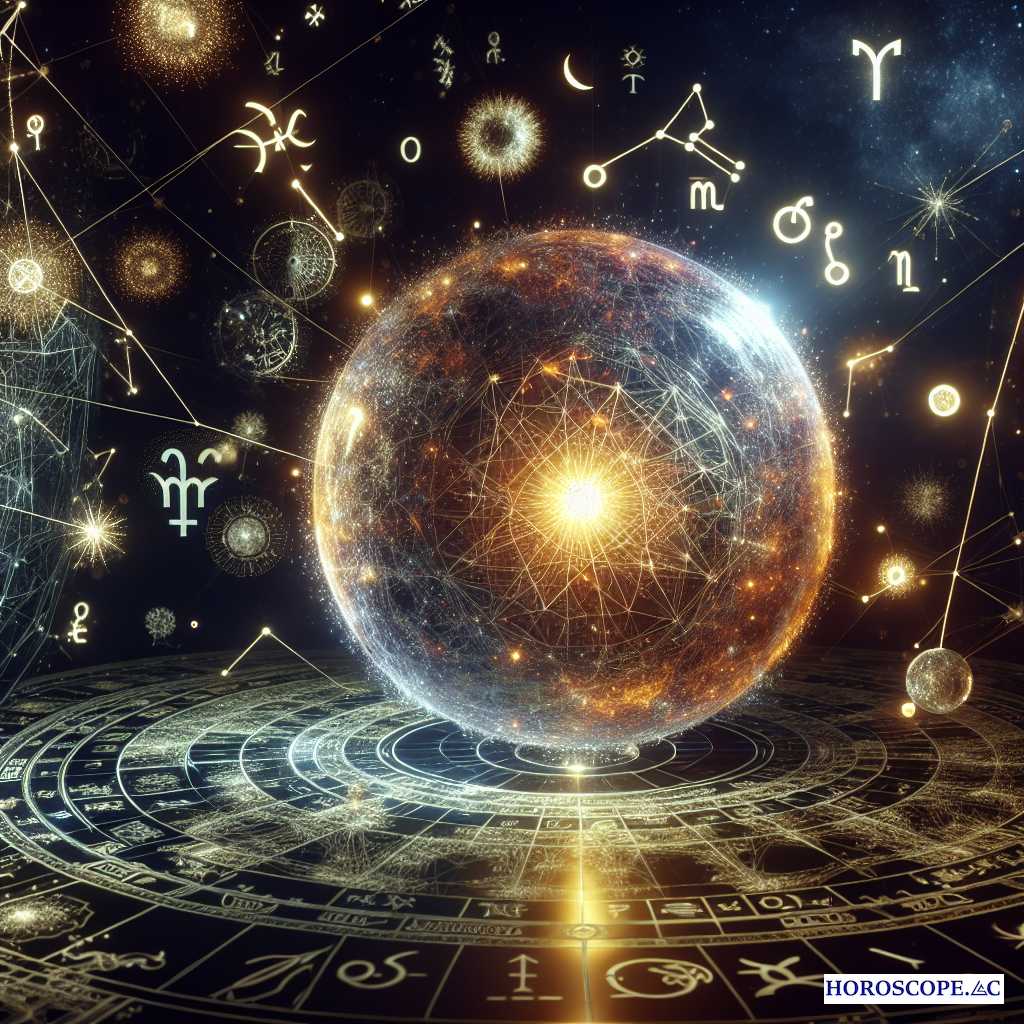Orb in Astrology: Understanding Its Importance for Interpreting Your Birth Chart

Astrology, this ancient art of deciphering celestial influences on our lives, is based on several fundamental concepts. Among them, the orb plays a crucial role in interpreting the aspects between planets in a birth chart. But what exactly is the orb, and why is it so essential for understanding your personality and destiny?
What is the orb?
The orb refers to the angular distance between two planets, which can be measured in degrees. In astrology, each aspect (such as conjunction, square, or trine) has a specific range, meaning an orb within which it can be considered active. For example, a conjunction between two planets is generally considered valid if they are within 10 degrees of each other, but this orb can vary depending on the planets involved and their role in the chart.
Why is the orb important?
1. **Nuance in Interpretation**: The orb allows for nuance in the interpretation of a birth chart. For instance, an exact conjunction (0 degrees) between the Sun and Mercury will be interpreted differently than a conjunction of 8 degrees. In the first case, the energy of the two planets is fused very strongly, while in the second case, Mercury’s influence on the Sun is more subdued.
2. **Assessment of Intensity**: The orb also helps to assess the intensity of an aspect. A tight aspect (with a smaller orb) is generally considered more powerful and influential than a wide aspect. This means that the planets in question interact more directly, which can result in more pronounced events or character traits.
3. **Interaction of Elements**: By taking the orb into account, an astrologer can better understand how the different energies of the planets interact with each other. For example, a square between Mars and Saturn with a 5-degree orb may indicate conflicts of action and limitation, while a 10-degree orb might suggest that these tensions are present but less immediate.
How to determine the appropriate orb?
Although there is no universal rule, several factors can influence the determination of the orb:
– **The planets involved**: Some planets, like the luminaries (Sun and Moon), tend to have wider orbs, while slow-moving planets (like Neptune or Pluto) may be interpreted with stricter orbs.
– **The type of aspect**: Major aspects (conjunction, opposition, square, trine, sextile) are often interpreted with wider orbs than minor aspects.
– **The context of the chart**: Each birth chart is unique, and the way the planets are arranged can also affect how the orb should be interpreted.
Conclusion
The orb is a crucial element in astrological analysis, allowing for refined and nuanced interpretations of planetary aspects. By understanding the orb and its importance, you will gain better insight into the celestial influences that shape your personality and experiences. Whether you are a novice or an experienced astrologer, mastering this concept will open new dimensions in exploring your birth chart. Ultimately, the orb is not just a measurement; it is the key that unlocks the hidden meaning of the relationships between the planets and, consequently, the forces acting in your life.
Similar Articles in This Category
- The Transit of Jupiter and Its Promises for the New Year
- How to Align Your Resolutions with Planetary Cycles
- Astrological Forecasts for the New Year: A Look at the 12 Zodiac Signs
- New Year, New Transits: Anticipating the Major Planetary Energies
- The Best Resolutions According to Your Zodiac Sign
← Return to Category Reference


